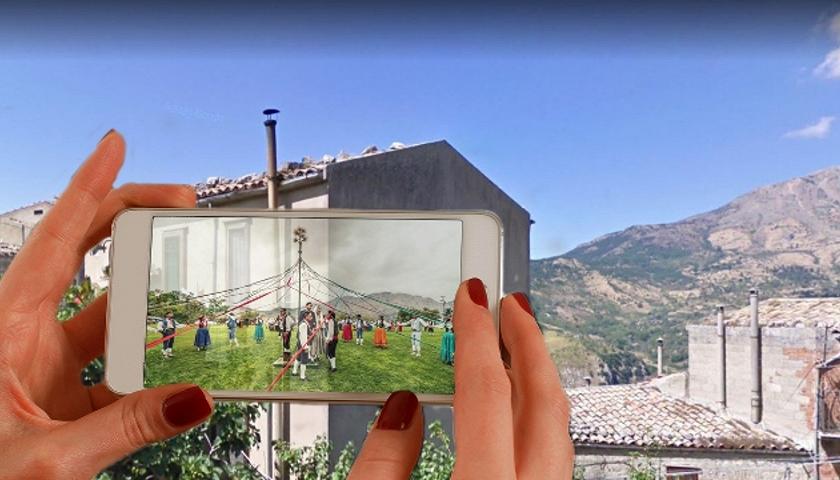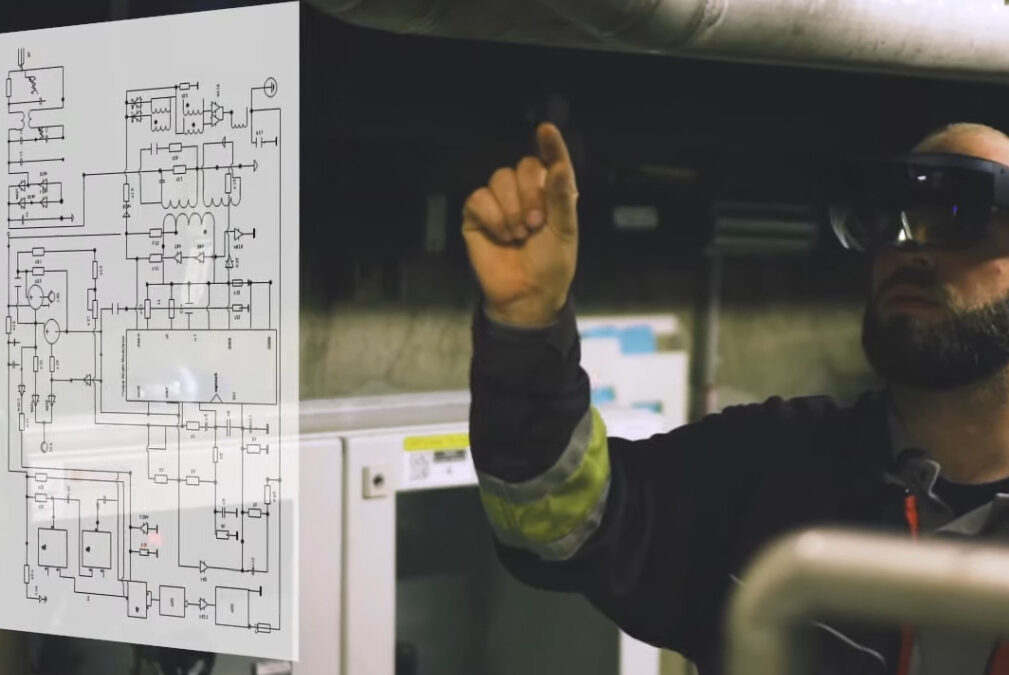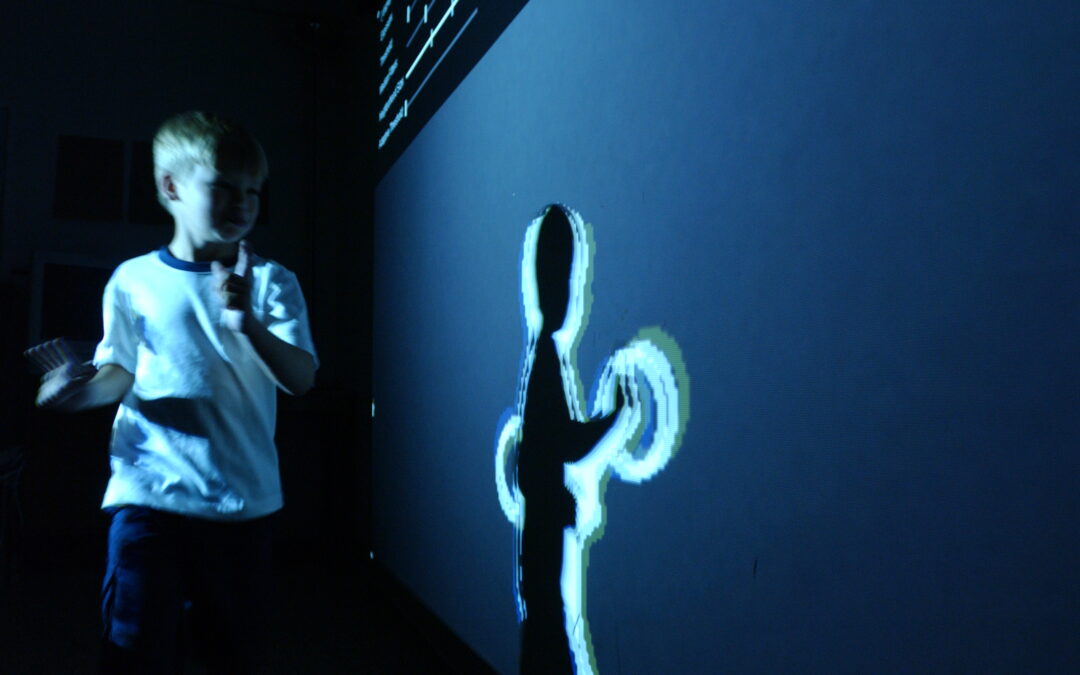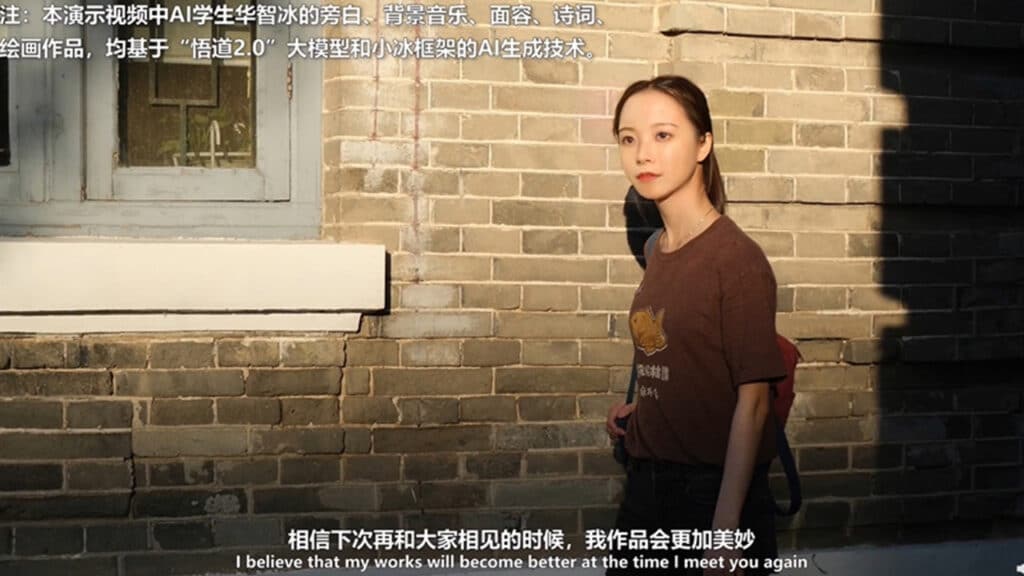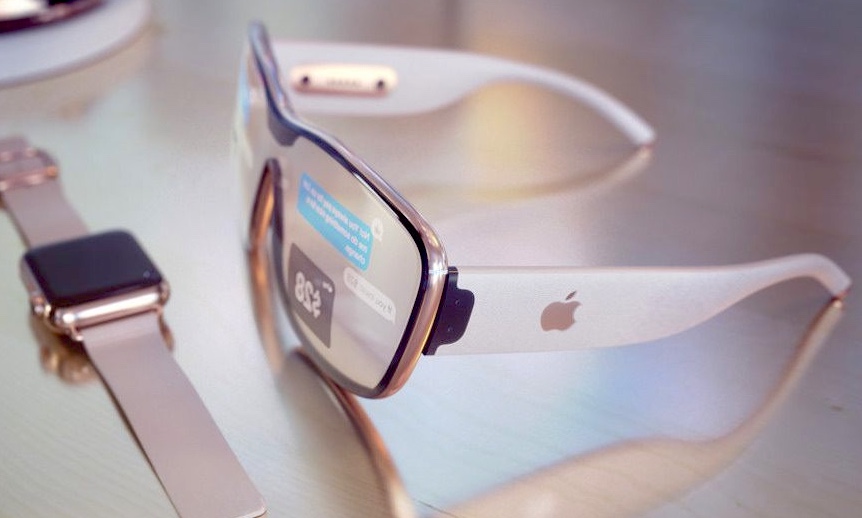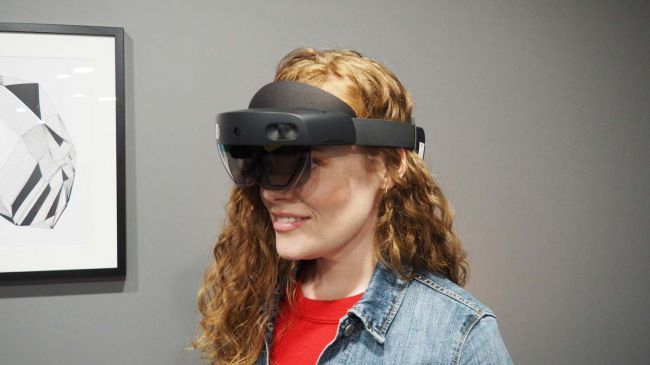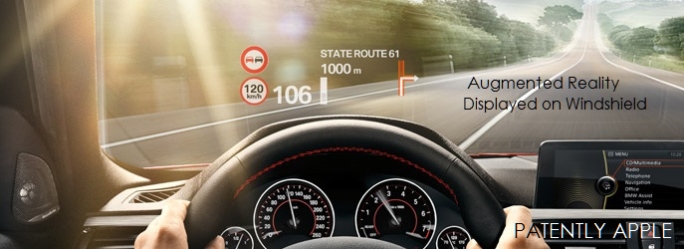Le loro opere in 18 Comuni delle Madonie.
Una nuova call internazionale per selezionare 50 artisti digitali che saranno chiamati a produrre opere digitali nei 18 comuni partner (Alimena, Aliminusa, Bompietro, Caltavuturo, Castelbuono, Cerda, Geraci Siculo, Gratteri, Lascari, Petralia Soprana, Petralia Sottana, Polizzi Generosa, Pollina, San Mauro Castelverde, Sciara, Scillato, Sclafani Bagni, Valledolmo) del progetto “I Art Madonie”, dopo il via alla prima “call for artists” aperta agli street artists, pubblicata lo scorso 10 maggio e con scadenza il prossimo 18 giugno, da parte di So.Svi.Ma., soggetto capofila del progetto “I Art Madonie”, ideato e diretto da I WORLD e finanziato dalla Presidenza del Consiglio dei Ministri nell’ ambito del Bando Periferie.
Gli artisti potranno proporre opere digitali in 3D oppure semplici immagini, purché siano ispirate al patrimonio culturale immateriale del territorio madonita, cogliendone ogni aspetto che ne caratterizza la più profonda e autentica identità, che sarà restituita dagli artisti secondo loro libere interpretazioni. La Call prevede l’assegnazione di 50 premi in denaro così distribuiti: €2.000 per il primo classificato; €1.000 euro dalla posizione 2 alla 5 in graduatoria; €420 dalla posizione 6 alla 50.
Info: http://www.iartmadonie.it/news/online-la-call-for-digital-artists-di-i-art-madonie/ .
La “Call for Digital Artists” sarà aperta fino al prossimo 26 luglio e si rivolge a “Digital Artists” senza limiti di nazionalità. Le opere digitali realizzate saranno fruibili in realtà aumentata, attraverso un’App prodotta appositamente per il progetto I Art Madonie. In tal modo, esse appariranno nella realtà nella modalità di una sovrapposizione in tempo reale nella videocamera dello smart phone, o tablet. Le opere selezionate saranno geolocalizzate e fruibili spazialmente nelle piazze o altri spazi altamente simbolici, dei comuni partner, dando vita ad una vera e propria mostra itinerante di arte digitale nei “borghi immateriali”.
Ogni opera potrà essere selezionata dagli utenti finali e dislocata nello spazio di fruizione – o in un altro luogo anche al di fuori del territorio delle Madonie – a proprio piacimento, in tal modo essi potranno agire da “curatori” della mostra di arte digitale aumentata. Inoltre l’App consentirà di effettuare degli screenshot di immagini composte, realizzate inquadrando l’ambiente circostante con soprapposte le opere digitali. Queste “fotografie aumentate”, realizzate da utenti finali, potranno essere raccolte, pubblicate e diffuse su tutti i social.
Tutte le proposte saranno valutate dalla commissione di valutazione composta da: Lucenzo Tambuzzo, ideatore e direttore generale progetto I ART Madonie; David Diavù Vecchiato, curatore dell’attività di arte urbana del progetto I Art Madonie; Chiara Canali, Marco Miccoli e Laura Barreca. Gli obiettivi del progetto sono: rigenerazione urbana dei borghi aderenti e creazione del sistema culturale integrato e diffuso dei Comuni delle Madonie; miglioramento della qualità del decoro urbano;potenziamento delle prestazioni e dei servizi di scala urbana, tra i quali lo sviluppo di pratiche del terzo settore per l’inclusione sociale; realizzazione e messa in rete di centri culturali polivalenti allestiti con attrezzature multimediali e contenuti immersivi; creazione di reti e networking, come la piattaforma Milleperiferie per la messa a sistema di progetti di rigenerazione urbana delle periferie; laboratori e attività di orientamento per l’animazione territoriale e lo sviluppo di competenze; realizzazione di interventi di street art e arte urbana con il coinvolgimento di centinaia di artisti internazionali; sviluppo di azioni di comunicazione e marketing territoriale.
Il progetto I Art Madonie capitalizza una metodologia ideata da I WORLD e attuata in circa 100 Comuni in Sicilia e altri Paesi del Mediterraneo che ha già visto l’organizzazione di un primo rilevante programma internazionale di residenza di artisti. I ART ha già prodotto quella che è stata definita la più grande opera di street art in Sicilia, presso i Silos del Porto di Catania e oltre 300 eventi multidisciplinari in 30 Comuni in tutta la Sicilia, tra cui: festival di teatro, musica, arti visive, cinema, letteratura, grandi eventi, conferenze, tutte impostate sulla reinterpretazione delle identità territoriali e del loro patrimonio culturale immateriale.
Altri eventi sono in corso di preparazione nei siti Unesco di Petra (Giordania), Byblos (Libano) e in selezionati siti Unesco di Sicilia
fonte: https://www.rainews.it/tgr/sicilia/articoli/2021/06/sic-madonie-chiamata-artisti-digitali-opere-00ca5141-73ed-4023-8d9f-c8f3df0d7cc2.html
 This work is licensed under a Creative Commons Attribution 4.0 International License.
This work is licensed under a Creative Commons Attribution 4.0 International License.


